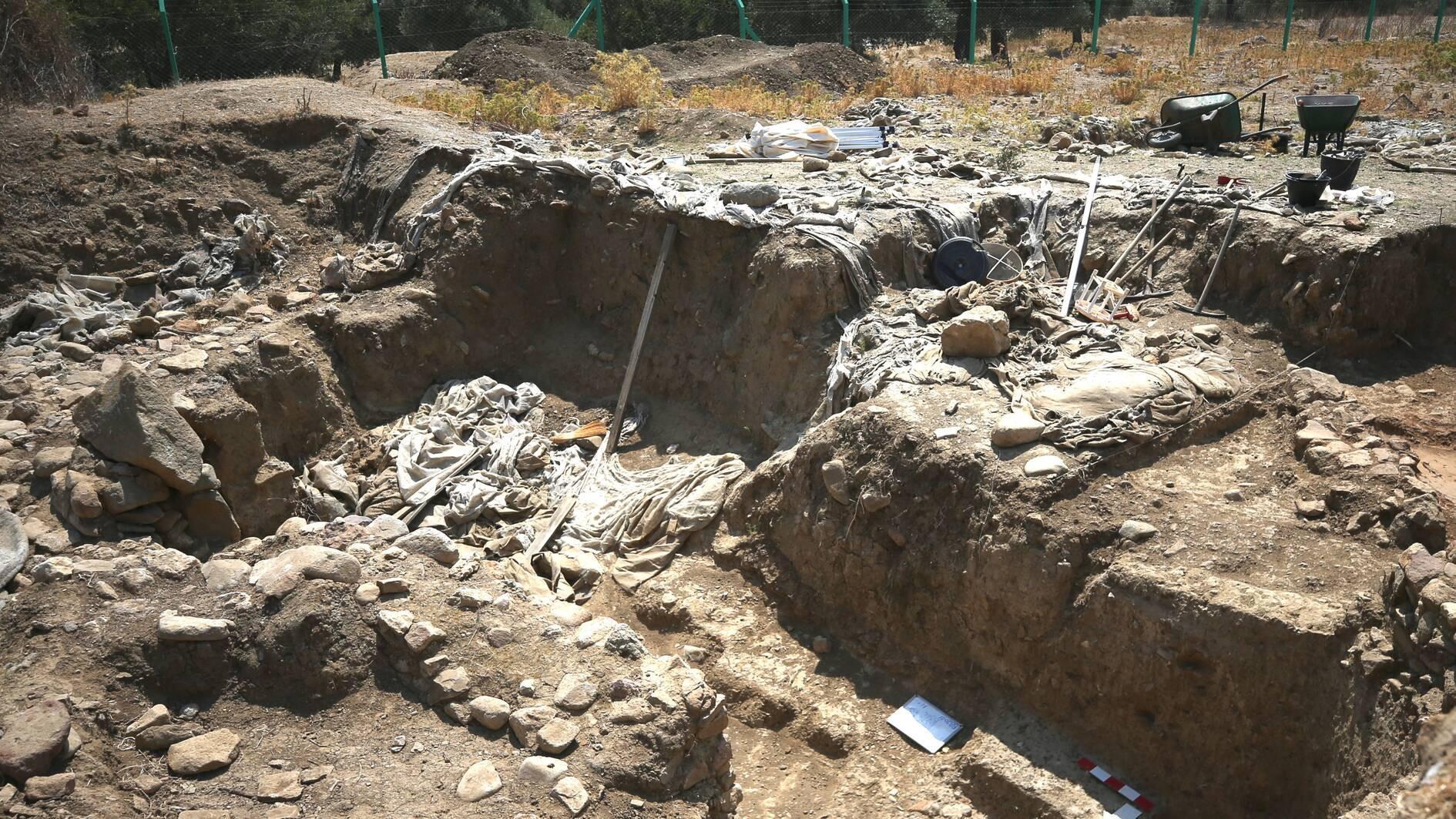
Archaeologists have uncovered five architectural structures dating back 8,800 years at the Uğurlu-Zeytinlik Mound on the island of Gökçeada, Türkiye’s westernmost settlement.
Excavations at the site have been carried out since 2009 under the direction of Prof. Burçin Erdoğu of Akdeniz University’s Department of Archaeology, with the permission of the Culture and Tourism Ministry’s Directorate General of Cultural Assets and Museums.
Erdoğu told the state-run Anadolu Agency that the mound, located about one kilometer northeast of Uğurlu village on the island’s western tip, continues to shed light on ancient history. He emphasized that this year’s findings will offer significant insights into the past of both Gökçeada and the Aegean Islands.
“This is the earliest settlement of the Aegean Islands, dating back to around 6800 B.C.,” Erdoğu said. “Here we see the earliest evidence of an agricultural and pastoral economy, the first pottery production, metallurgy and monumental architecture. It also represents the beginnings of urbanization. That is why this site is very significant within the Aegean.”
Erdoğu said his team focused on the earliest layers during this year’s work, revealing five houses attributed to the first farming communities that arrived on the island. “Such architecture has been identified in the Aegean Islands for the first time,” he said. “They are round-planned, semi-subterranean and built with wattle-and-daub techniques. The Uğurlu settlement is the only site of the earliest farming communities in the Aegean, along with Knossos on Crete.”
‘Settlement pattern shows transformation’
Erkan Gürçal of Adıyaman University, a member of the excavation team, said both his doctoral and master’s research focused on the mound. His doctoral study examined the social organization of the settlement between 5500 and 4900 B.C. through its architecture.
He noted that around 5800 B.C., the settlement began to expand. “Earlier, there were only about nine or ten houses in a small area, but suddenly the settlement grew and spread to different parts of the island,” he said.
“However, our data from between 5800 and 5500 B.C. is limited. By 5300 B.C., we begin to see a transformation in the settlement’s organization and architecture. This shift is visible across the entire material culture of the period, reflecting the community’s evolving way of life,” Gürçal added.